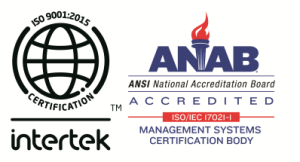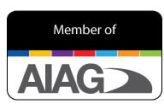The use of lead in various materials and applications has been strictly regulated on the global scale due to its health hazards. Leaded metal alloy castings, such as copper alloy casting have long been widely used as plumbing products because of their superior pressure-tightness, fine machinability, and high mechanical properties. As such, there has been such an urgency to substitute lead free casting to leaded copper alloy casting and similar materials that contain lead. This pressing need gave birth to the development of various lead-free alloys such as bismuth alloys, tin, aluminum bronze, and other lead-free copper base casting.
Copper has been a widely used metal, known for its excellent ductility, electrical and thermal conductivity, and strength as a building material. As such, it is also considered as an important component to a wide range of metal alloys, hence its extensive use in various copper base casting applications.
Copper alloy casting produces high compressive and tensile strength. This also gives copper alloys good wear qualities, even when subjected to high-impact contact with other metals. Casting copper alloy also improves the material’s machinability, which further maximizes its use in a wide variety of applications. Lead free casting, in addition to being a safer alternative to leaded materials, also offers high corrosion resistance, among many other properties that are intrinsic to copper alloys. Some of the most widely used copper base casting includes bronze, brass, and monel or cupronickel. Bronze is a combination of tin and copper, while brass is an alloy of zinc and copper. Cupronickel on the other hand, is a combination of nickel and copper.
Pure-form copper has porosity problems, is prone to surface cracking, and difficult to cast, which is why combining it with other metals such as in copper alloy casting helps create metal alloys that highlights and enhances its properties and characteristics. This is done by adding small amounts of other metals to cupper, such as nickel, silicon, zinc, silver, chromium, and tin. Lead free casting makes copper safer and more suitable for use in various applications such as electronics, industrial castings, industrial fittings, ship building, cookware and flatware, biomedical applications, and more.



